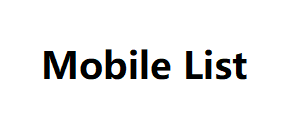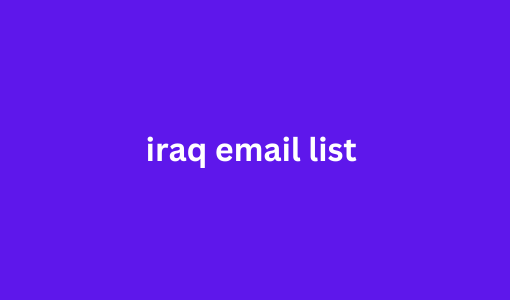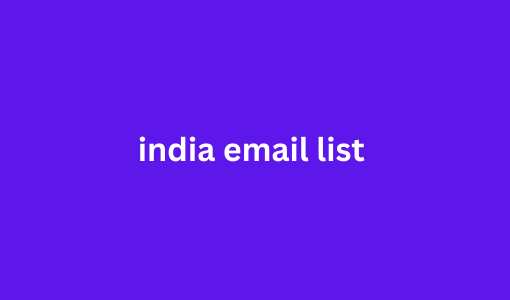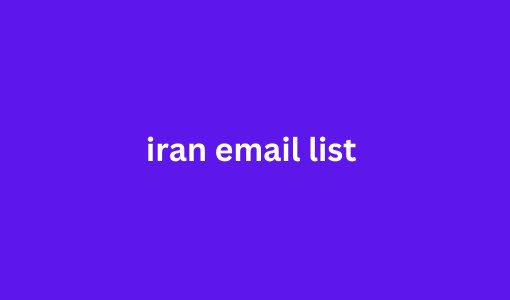Have you ever felt like you were talking to a wall when you were talking to people?
The other person doesn’t care about what you have to say, and continuing to communicate with them will only drain your energy. In this case, it’s best to cut off contact and save your time and energy.
The same goes for those subscribers who haven’t responded to your emails in a while.
In fact, some people are not interested in your email content and will not even open your email. Therefore, it is better to remove them from your email list, because keeping them will only bring down your email metrics.
What is a sunset policy in email marketing?
However, deciding when to remove them from the list is a difficult matter. Therefore, brands usually set guidelines to make such decisions. These guidelines are called sunset policies.
In this guide, we’ll cover everything about sunset policies and how you can apply them to your email marketing strategy.
Sunset policy is an email list management practice where inactive subscribers are removed from an email list after a certain period. The time indonesia email list period for which inactive subscribers remain in an email list or database is defined by the brand. Removal can be done monthly or quarterly.
Why is the sunset policy important?
Using sunset policy in email marketing can mainly help to improve email deliverability. So here we will see which factors can help to improve email deliverability.
1. Better engagement metrics
Your emails will be sent to contacts who want to receive your emails, which leads to higher open and click-through rates because we reduce the number of people who don’t open your emails.
This indicates to the email service provider that you have good engagement metrics, making it more likely that your emails will appear in the inbox instead of the spam folder.
2. Healthy mailing list maintenance
By using a sunset policy, you can keep only active users and remove inactive ones regularly, thus maintaining a healthy and clean email list.
3. Reduce spam complaintsAfter the sunset policy is implemented, the people on the list are interested users, so any future emails sent to them are less likely to receive spam complaints from them.
How to Implement a Sunset Policy in Your Email Marketing Strategy
Let’s discuss the actionable steps you must take:
1. Define sunset policy criteria for your brand
Sunset policies are not appropriate for all use cases and businesses, so you need to determine what the criteria are for implementing a sunset policy on your brand’s email list.
1). What kind of activity do you want to track to segment your subscribers?
This could be opens, clicks, replies, etc., depending on your email marketing needs.
Opens: Opens directly impact deliverability, so most people consider opens when implementing a sunset policy.
Clicks: Clicks indicate whether readers interacted with your email.
Replies: Replies are conversion-oriented. If your brand requires recipients to reply to emails, you can track replies.
Form submissions: Companies using AMP Email can track form submissions to understand how many people filled out the forms in their emails.
2). How many days of emails do you send to inactive users?
The period in which you should remove subscribers will vary from business to business, depending on how often you send emails.
For example, if you send monthly emails, you can remove users who haven’t opened or interacted with your emails in 6 months.
If they do not open:
This frequency is arbitrary and may vary for your click-through rate. Therefore, you can set the time period based on your brand needs.
3) What do you do with inactive subscribers?
Decide whether you want to send them an buy telemarketing list unsubscribe email or silently remove them from your list.
You can also remove them and put them in a separate list, such as a suppress list.
2. Monitor subscriber behavior
To determine which subscribers need to be removed from your mailing list, you need to monitor the behavior of your subscribers.
Track the following categories of people:
- Don’t open your emails.
- Open but don’t interact with your emails.
- Open and engage with your emails.
Track these metrics for at least 60 to 90 days initially to determine if there are other issues with your campaign.
If you already have existing data for these metrics, you don’t have to wait 60 to 90 days and can track them over a period of time that works for your business.
After you’ve monitored your subscribers, you’ll know how many people are actively responding and engaging with your content. Now you can move on to the next step, which is segmenting your subscribers.
3. Segment your subscribers
Now that you know how many people open and interact with your emails, it’s time to segment based on those engagements.
Put users who open your emails and users who don’t open your emails into different lists and send targeted emails to these two groups.
You can send:
- Re-win or “we miss you” campaigns for those who didn’t open your emails.
- For groups that open your emails, run regular events.
4. Remove inactive users
If after a set number of days, the user still hasn’t opened adb directory your email, then it’s time to remove them from the list and put them on a separate suppression list.
Summarize
It’s important to remember that one sunset policy doesn’t fit all organizations. Customize your sunset policy based on the size of your audience and how often you send emails. If you use an email service provider like MailPick, you can control and enforce a sunset policy for your subscribers. MailPick provides ways to segment your audience based on user activity (opens, clicks, etc.), so you can quickly complete the process all in one platform.






